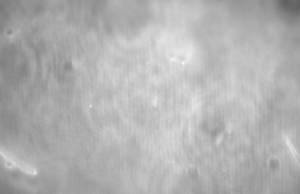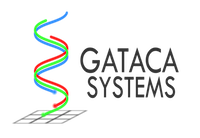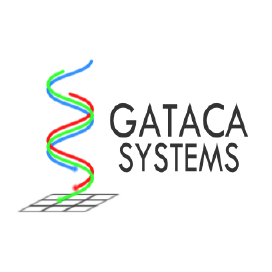TIRF MICROSCOPY
TIRF TECHNOLOGY
Because of its very high signal to noise ratio (SNR) and very low phototoxicity, Total Internal Reflection Fluorescence (TIRF) microscopy is the method of choice to visualize a variety of cellular processes in particular events localized near the plasma membrane of live adherent cells.


AZIMUTHAL TIRF
However, TIRF classically suffer from interference illumination patterns such as fringes or rings, inherent to the technique.
In our theoretical opinion and experience, the best way to generate the nicest TIRF images through a microscope objective is to spin in its back focal plane to average out all artifacts. By using a pair of fast galvanometer iLas 2 TIRF system is able to spin several times a single exposure time, even the shortest ones. This speed also allows artefact-free oblique illumination as well as high SNR wide field imaging from the same laser source. To go even further TIRF/widefield and multichannel-multi penetration depth acquisition are made possible.
CLASSICAL TIRF
Single angle
Fringe interferencies
Heterogeneous field
AZIMUTHAL TIRF
Multiple angles
No fringe interferencies
Homogeneous field (360° rotation angle)
TIRF MICROSCOPY APPLICATIONS
Live cell imaging can benefit greatly from the very thin optical section of the evanescent field. Conversely, this means that only investigation at or near the cell membrane can be achieved in cultured cells. For this reason, ligand-receptor binding, protein-membrane trafficking, synaptic vesicle fusion, and cell adhesion proteins have been extensively studied with TIRF microscopy in cultured cells as well as other events near the membrane such as actin dynamics in filopodia and G-protein coupled receptor transduction events. The reduction in luminance and low photo-toxicity allows for multiple exposures without affecting the health of the sample which is ideal for long time-lapse studies or fast, high temporal resolution imaging.
The actin filament growth starts from a longitudinal micro-pattern functionalized with an activator of nucleation. Images were acquired at 1 frame every 10s in TIRF illumination. TIRF is necessary in order to remove the high background of actin monomers in solution. FRAP experiments have been realized to investigate the filaments polarity and growth mechanism from the imposed nucleation geometry. Image courtesy of L.Blanchoin, iRTSV/LPCV, CEA Grenoble.
The high homogeneity, stability and speed of iLas enable to go even further with TIRF by acquiring a stack of penetration. After processing, it is possible to reconstruct the 3D intensity distribution over a 500 nm range with a 50nm resolution.
Figure legend papier
TESTIMONIAL
“We recently used the ILAS2 system to study the disintegration of actin microfilaments by ADF / cofilin proteins. We used fluorescently labeled proteins coupled to a microfluidic system. ILAS2 technology was essential for observing ADF / cofiline binding along actin filaments for two major reasons: the first, TIRF illumination, thanks to the easy adjustment of the TIRF angle, made made it possible to illuminate the filaments anchored on the surface (and not the medium which contain a high concentration of fluorophore) and the second, the very homogeneous illumination of the field made it possible to accurately quantify the fixed proteins.”
PUBLICATIONS
Torsional stress generated by ADF/cofilin on cross-linked actin filaments boosts their severing
Hugo Wioland, Antoine Jegou, and Guillaume Romet-Lemonne
PNAS published ahead of print January 28, 2019



